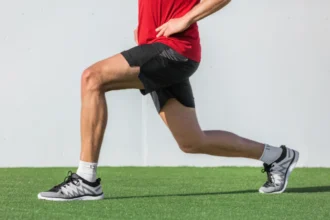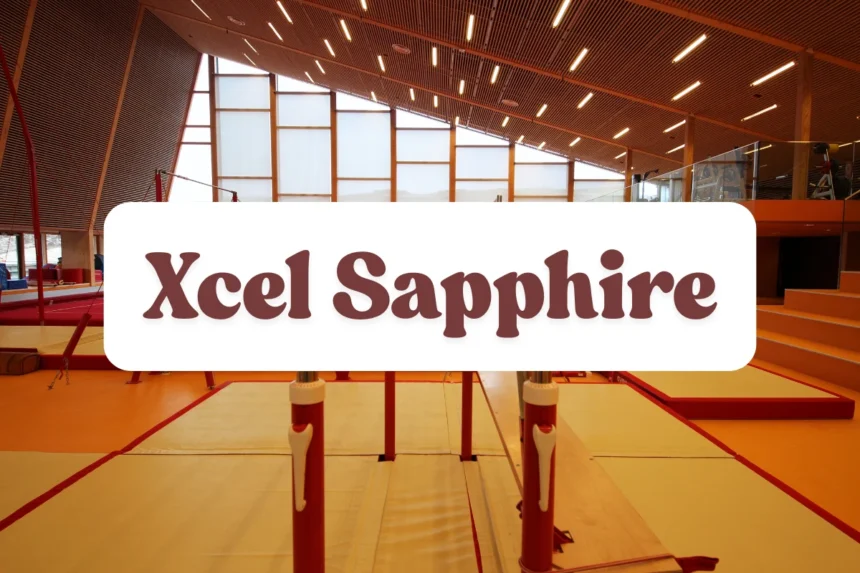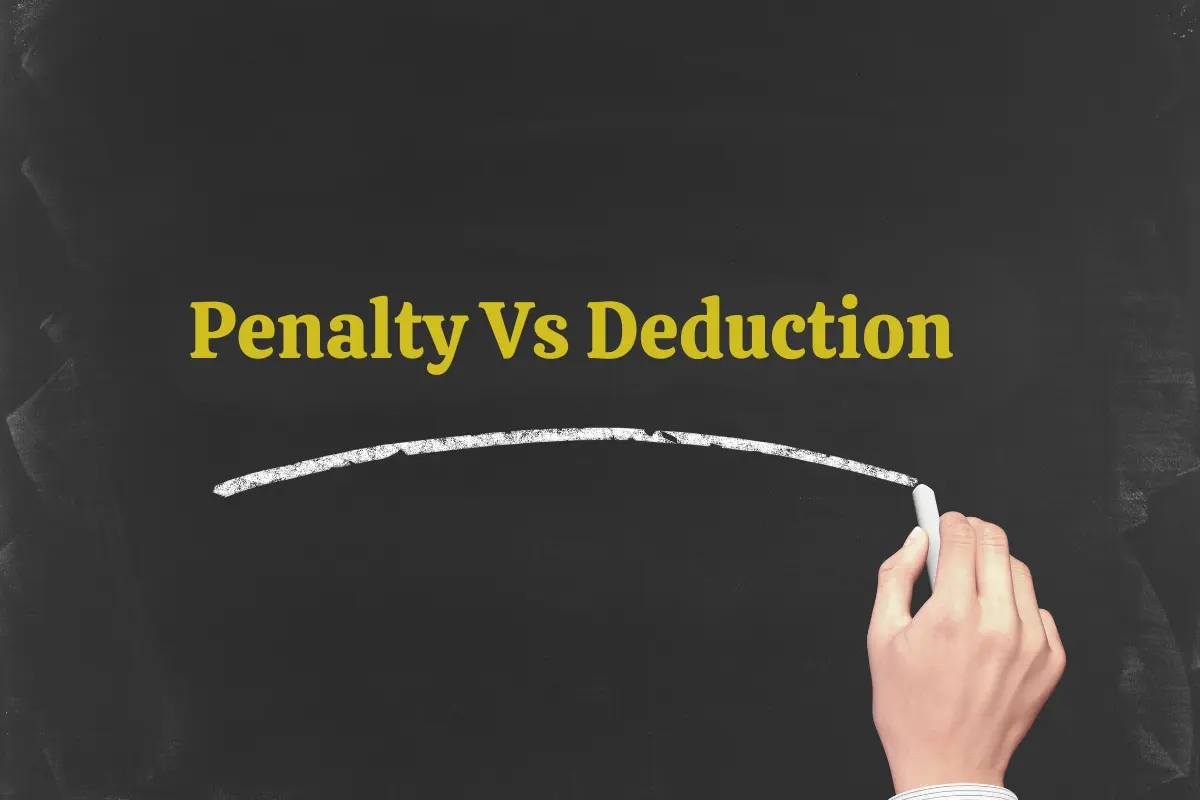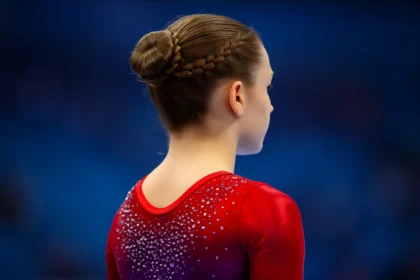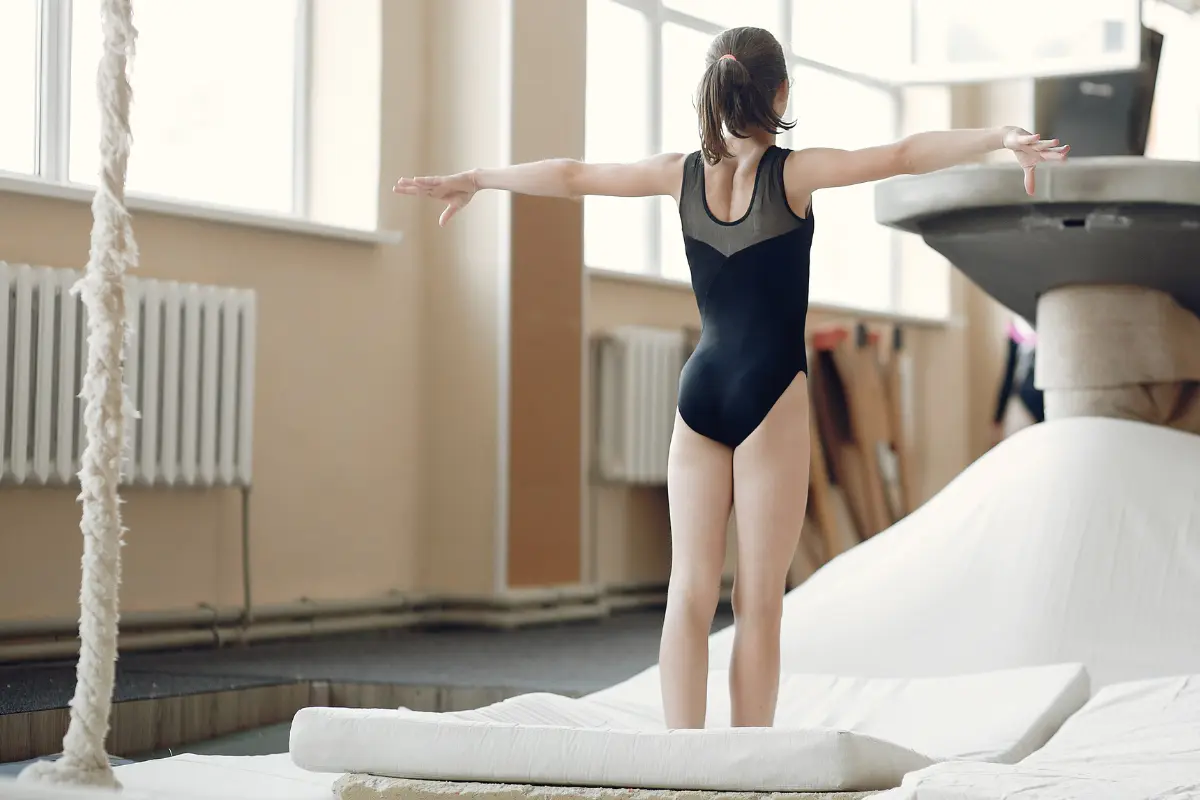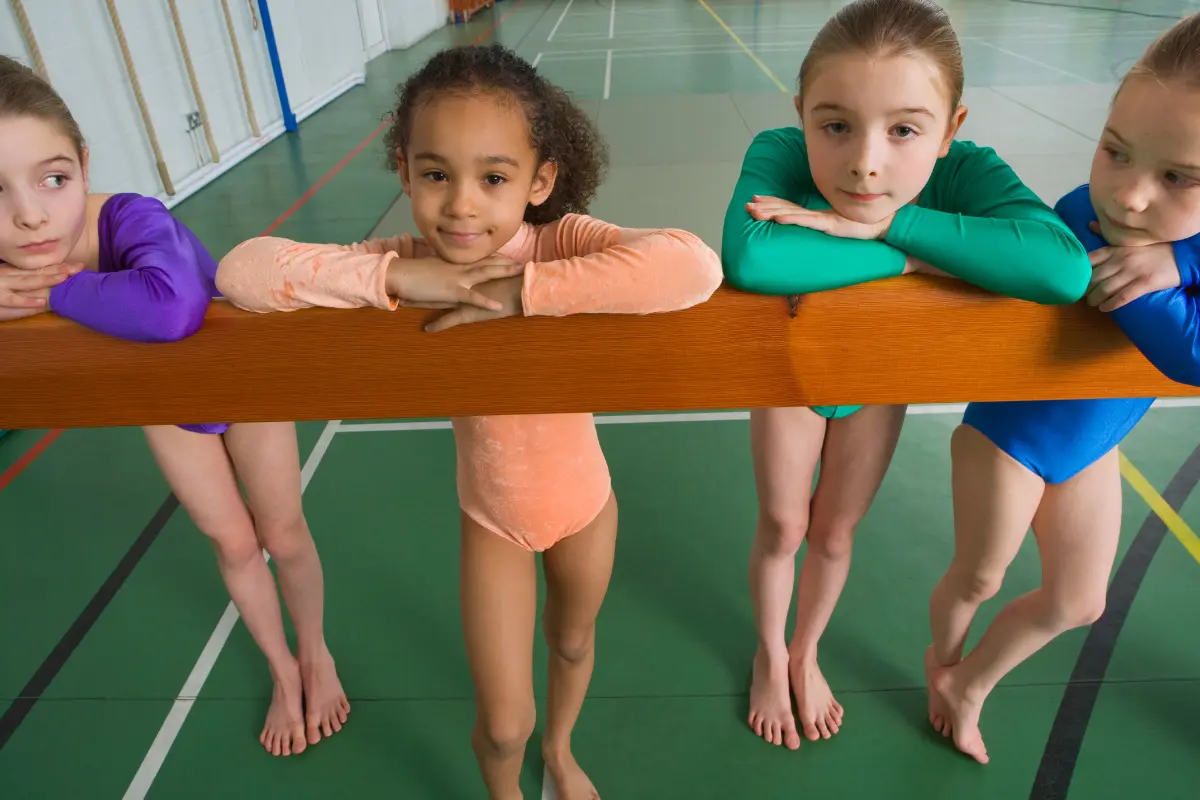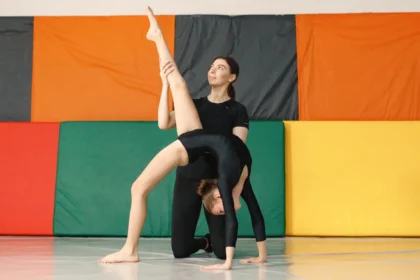The Xcel program was designed as USA Gymnastics’ “choose-your-own-adventure” track—a flexible option for athletes who love the sport but don’t want the hour-heavy grind of the Development Program (DP). Bronze through Diamond have served gymnasts for over a decade.
In 2022, a new division quietly joined the ladder: Xcel Sapphire.
Unlike other Xcel levels, Sapphire is not just a higher step—it’s a new category entirely. Launched as a pilot in Regions 3, 6, 7, and 8, it allows gymnasts to compete with greater difficulty while still retaining Xcel’s signature flexibility. Designed for advanced athletes—including former DP Level 8–10 gymnasts, strong Diamond competitors, or event specialists—Sapphire offers a hybrid between artistic freedom and competitive rigor.
Contents
Xcel Sapphire Eligibility Requirements
To compete in the Xcel Sapphire Division, gymnasts must meet certain age and skill benchmarks. Athletes must be at least 12 years old by the date of their first sanctioned Sapphire meet. This age requirement ensures that participants have the physical maturity and training experience needed for the advanced skills required at this level.
In terms of performance, gymnasts must have either:
- Scored a minimum of 34.00 All-Around at the Diamond level, or
- Previously competed in the Development Program (DP) Levels 8, 9, or 10.
Gymnasts from other competitive settings—such as international programs, high school gymnastics, or unsanctioned leagues—can petition for entry by submitting a skills video to their regional Xcel chair.
Routine Composition & Scoring
In Xcel Sapphire, each routine begins with a base start value of 9.60. To reach the full 10.0 Start Value, gymnasts can earn up to 0.40 in bonus points by including higher-level skills and combinations.
Bonus Opportunities:
- +0.10 for performing a single D-level skill
- +0.10 for each C-level skill (credited once per skill)
- +0.10 for B+B skill combinations, which may include acrobatic or dance elements
Sapphire removes the skill restrictions seen in DP Levels 6–8, allowing gymnasts to incorporate more complexity—though E-level skills are still prohibited.
Event-Specific Requirements
Based on the official document Xcel Sapphire Pilot Program Rules, here is a detailed breakdown of Event-Specific Requirements for each apparatus in Xcel Sapphire gymnastics:
| Event | Value Parts | Special Requirements | Start Value | Bonus |
|---|---|---|---|---|
| Vault | Based on specific vault | Front handspring minimum | Varies (9.0–10) | N/A |
| Bars | 3 A, 3 B, 1 C | Clear support @ vertical, 360° circle, different 2nd skill, B dismount or C+A combo | 9.60 | +0.40 max |
| Beam | 3 A, 3 B, 1 C | 360° turn, dance series w/180°, acro series w/flight, B dismount or flight+A dismount | 9.60 | +0.40 max |
| Floor | 3 A, 3 B, 1 C | 2-salto pass, 3 different saltos (1 “B”), dance passage w/180°, B turn on one foot | 9.60 | +0.40 max |
🟣 Vault
In Xcel Sapphire, the vault score depends on the difficulty of the vault the gymnast chooses. Scores can range from 9.0 to 10.0. The easiest vault allowed is a front handspring. Gymnasts can also do more advanced vaults like Tsukaharas, Yamashitas, or round-off back handspring layouts.
However, they are not allowed to use a trampoline-style springboard—if they do, the vault doesn’t count and is scored as zero. Each gymnast gets 2 minutes to warm up and should do at least 3 vaults during that time.
🟣 Uneven Bars
Bar routines start at 9.60, but gymnasts can add up to 0.40 in bonus by doing harder skills or connecting them smoothly.
Every routine needs 3 “A” skills, 3 “B” skills, and 1 “C” skill. There are four things each routine must include: one “B” skill that ends in a straight body position at the top, one “B” circling move, a second different “B” skill like a release or turn, and a dismount that’s either a “B” skill or a “C” skill directly connected to an easier salto.
Extra hard skills called “E” level are not allowed. Each gymnast has 2 minutes to warm up.
🟣 Balance Beam
Beam routines also start at 9.60, with up to 0.40 in bonus for tougher skills or good connections. Gymnasts must do 3 “A” skills, 3 “B” skills, and 1 “C” skill.
The routine must have a full turn on one foot, a leap or jump that reaches a 180° split, an acro series with at least one flight skill that goes through or past vertical, and a dismount that’s either a “B” skill or a flight skill connected to a simple salto or aerial.
If the split doesn’t reach 180°, the gymnast gets a deduction. Routines can’t be longer than 1 minute and 30 seconds. Each gymnast gets 2 minutes to warm up.
🟣 Floor Exercise
Floor routines start at 9.60 too, and bonus points (up to 0.40) can be earned with bigger skills and connections. Each routine needs 3 “A” skills, 3 “B” skills, and 1 “C” skill.
The routine must include one tumbling pass with two saltos, a total of three different saltos (one must be at least a “B”), a dance pass with two different jumps or leaps (one must show a 180° split), and a turn on one foot that’s a “B” level or harder.
Like beam, if the leap doesn’t reach 180°, it can lose credit. Floor routines must stay under 1 minute and 30 seconds. Warm-up time is 2 minutes per gymnast.
Value Parts & Special Requirements
In Xcel Sapphire, routines must meet a higher difficulty standard than other Xcel divisions. Across all apparatuses—bars, beam, and floor—each routine must include:
- 3 A-level skills (worth 0.10 each)
- 3 B-level skills (worth 0.30 each)
- 1 C-level skill (worth 0.50)
These are known as Value Parts (VPs). Higher-level elements can replace lower ones. For example, a C can substitute for an A or B.
In addition, each routine must include four Special Requirements, each worth 0.50. Missing one deducts directly from the Start Value.
Putting It Together
Sapphire maintains the familiar 9.60 + 0.40 framework from Diamond but pushes the technical expectations higher. Routines must contain at least one C element, and up to one D is allowed. Vaulting sees the biggest leap—flipping Tsuks and layout Yurchenkos can now hit 10.0 Start Value.
This structure makes Sapphire a true “Diamond-plus” division: it rewards bold skills while keeping the open-ended, expressive nature that defines Xcel.
How Sapphire Compares to Diamond & Level 9
Xcel Sapphire was designed to bridge the gap between the Xcel Diamond division and the Development Program’s Level 9. It raises the technical bar above Diamond while stopping just shy of the elite-level difficulty seen in Level 9. Here’s how they compare across key scoring and skill metrics:
| Metric | Diamond | Sapphire | DP Level 9 |
|---|---|---|---|
| Value Part Mix | 5 A + 2 B | 3 A + 3 B + 1 C | 3 A + 4 B + 1 C |
| Max Bonus | 0.30 | 0.40 | 0.60 |
| Restricted Skills | No D or E | No E | E allowed with limits |
| Typical Vaults | Handspring tuck ½, Tsuk tuck | Layout-style front handspring, Yamashita, Tsuk layout | Yurchenko layout full, Tsuk 1½ |
Sapphire sits squarely between Diamond and Level 9 in both skill and scoring expectations. It introduces true C-level difficulty and modest bonus potential, without demanding double saltos, E-valued releases, or the full rigors of Level 9 composition rules.
For gymnasts ready for more than Diamond but not quite looking to take on the demands of the full DP pipeline, Sapphire is a powerful middle ground—challenging, flexible, and creative.




